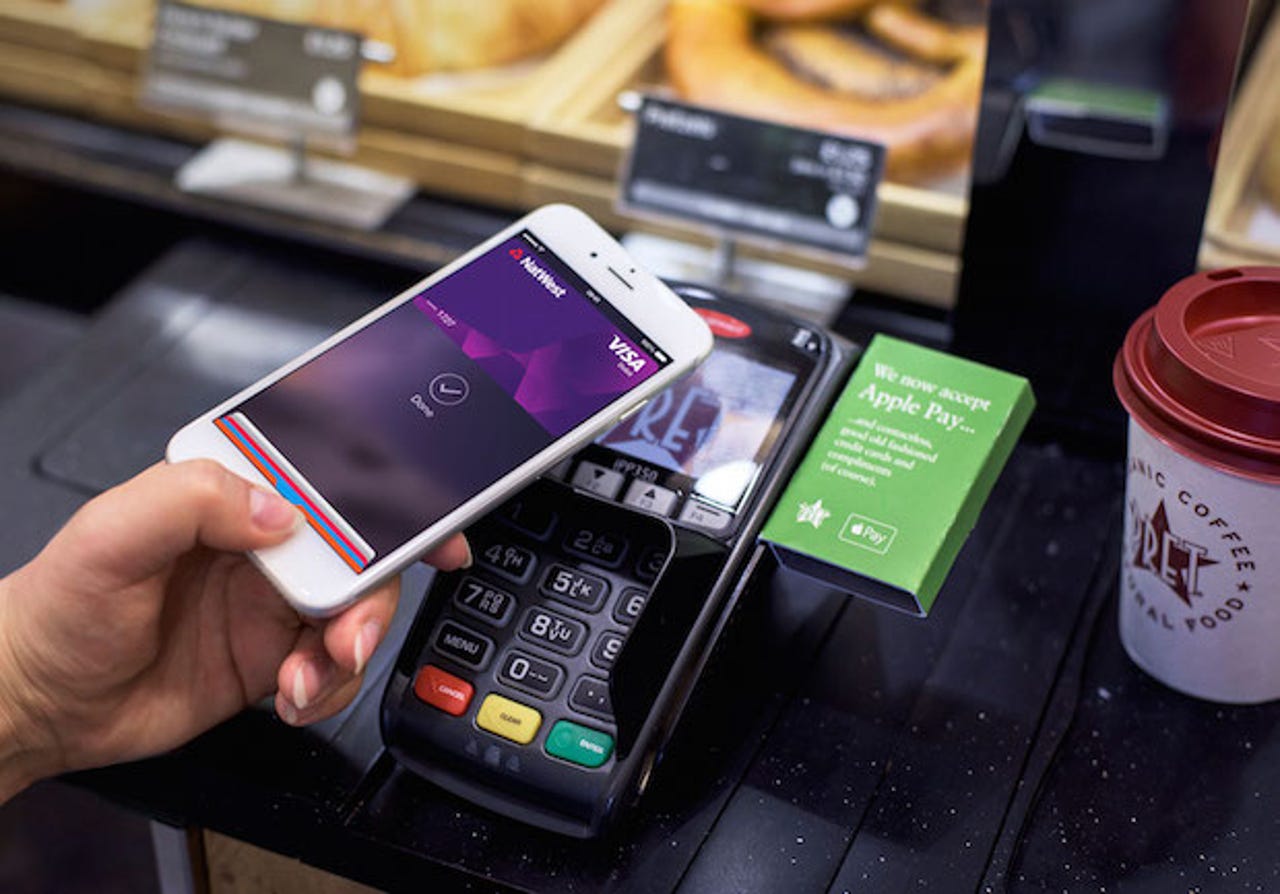Not waving but paying: Apple Pay and train journeys boost contactless payments


Pret was one of the UK retailers to accept Apple Pay with no spending limit.
Three billion contactless card transactions were made in the last 12 months -- nearly three times as many as the year before, according to Visa.
Visa's figures show that European consumers used their cards 360 million times in April -- that's 140 transactions per second -- up from 143 million transactions in April 2015, with the average value rising 12 percent to €13.83. There are now 165 million Visa contactless cards across Europe.
Contactless payments now account for more than one in five face-to-face Visa payments -- up from just one in 60 in 2013. Restaurants have seen the greatest year-on-year growth in contactless transactions (153 percent), said Visa, followed by general retail (146 percent), supermarkets (119 percent), and food-and-drink, including fast food (96 percent).
The company said there are now 3.2 million terminals used in stores and restaurants across the continent, up from 2.6 million at the end of April 2015. Most new card machines in Europe from January this year are contactless-enabled.
Consumers in the Poland, Spain and the UK use contactless the most: British contactless adoption grew by 300 percent, from 51 million transactions in April 2015 to 153 million in April 2016.
Visa said contactless commuting on Transport for London services is one reason for this accelerated growth, with more than 400 million contactless journeys since launch. Mobile payment services like Apple Pay have also given contactless a boost, said the company, although it could not give a breakdown of the transactions completed with smartphones or smartwatches.
The most popular contactless merchants in the UK include Tesco, the Co-Op, Transport for London, McDonald's and Marks & Spencer.